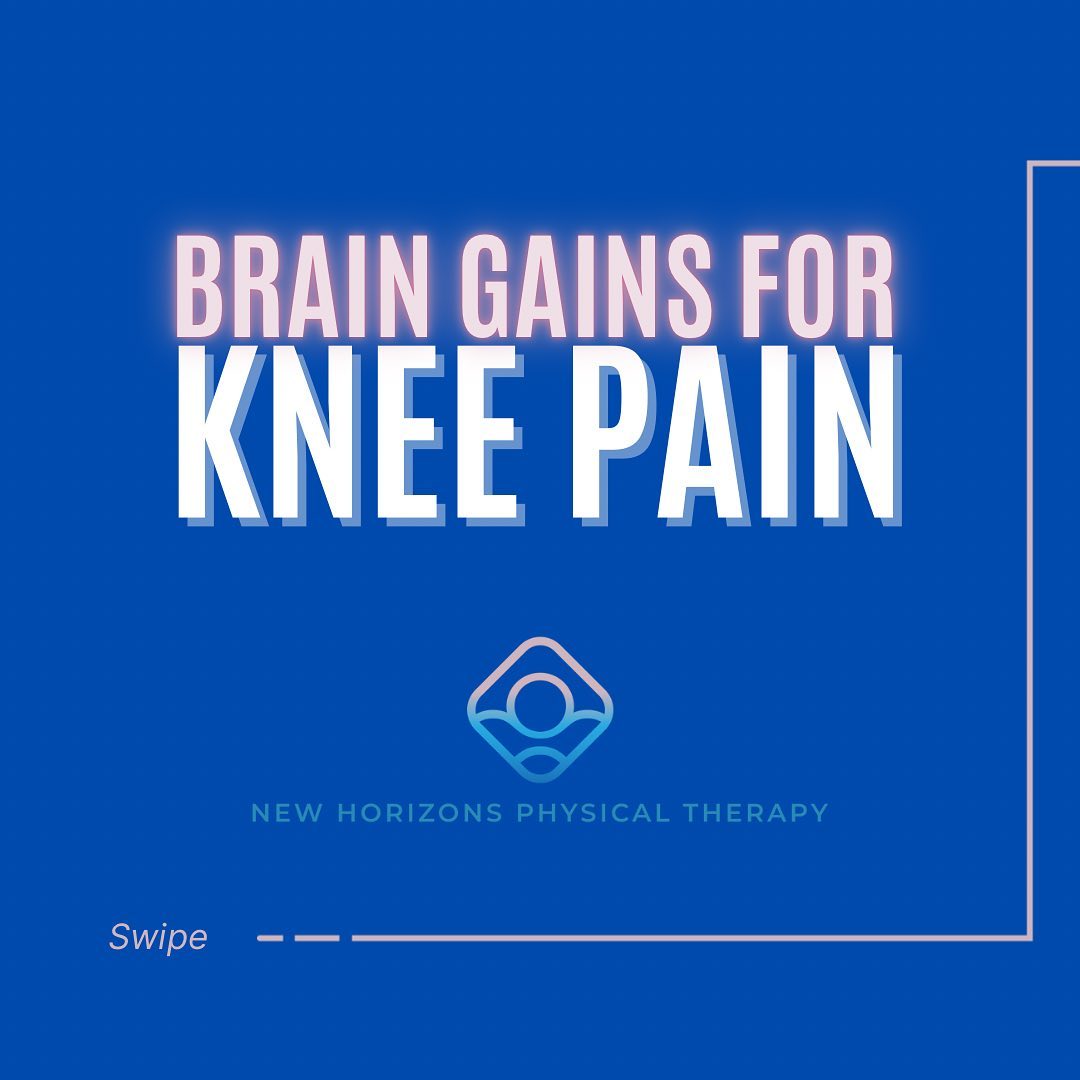


First, consider how long your knee has been bothering you. If the injury occurred recently as opposed to several weeks or months ago, you will better be able to narrow down the source of your discomfort. Overuse injuries to the kneecap are frequent, but a hit to the knee during a fall or sport may result in an ACL or meniscus injury.
CHRONIC KNEE INJURIES
Pain can sometimes develop gradually over time because of overuse, lack of a proper exercise routine, plus a variety of other factors. Some of the more prevalent chronic knee conditions include patellofemoral pain, knee osteoarthritis, and runner's knee.
PATELLOFEMORAL PAIN
For your kneecap to move appropriately inside the groove of your femur, the soft tissues that attach to this joint must be flexible, and the muscles responsible for moving your kneecap must be strong. If certain soft tissues are tight, they may pull your kneecap in a less favorable direction, and if certain muscles are weak, your kneecap may not track properly. Kneecap discomfort is centered on the front of the knee and worsens with prolonged sitting, squatting, and climbing stairs.
KNEE OSTEOARTHRITIS
Discomfort that worsens over time with weight bearing, and stiffness that develops after prolonged sitting or standing are common symptoms of knee OA. Keep in mind that not everyone with radiographic evidence of knee OA is symptomatic, in fact, only 15% of these individuals actually have pain! Exercise stimulates the movement of synovial fluid, which aids in the nourishment of your joint. If weight bearing causes pain, begin with non-weight bearing activities that focus on mobility and strength.
RUNNER'S KNEE
This condition does not only affect runners, in fact, it is a term that describes a variety of conditions that cause discomfort around the front of the knee. Two of the most common causes of runner’s knee include kneecap issues and IT band friction syndrome. Just because someone has flat feet or weak hips does not mean this is the one and only reason they are in pain. Runner's knee can be prevented if you restructure your exercise routine to minimize overtraining, while also integrating a fair dosage of strengthening drills regularly.
START TODAY!
Understandably, your life may be hectic and finding time to exercise everyday may be difficult, however, there are methods you can start implementing today to move more purposefully if you are ready to make a conscious effort to do so. For example, rather than 'plopping' into a chair, sit down gently, engaging your muscles against gravity, or when using the stairs, minimize use of the railing and use your legs for greater propulsion.

0

0
Comments :